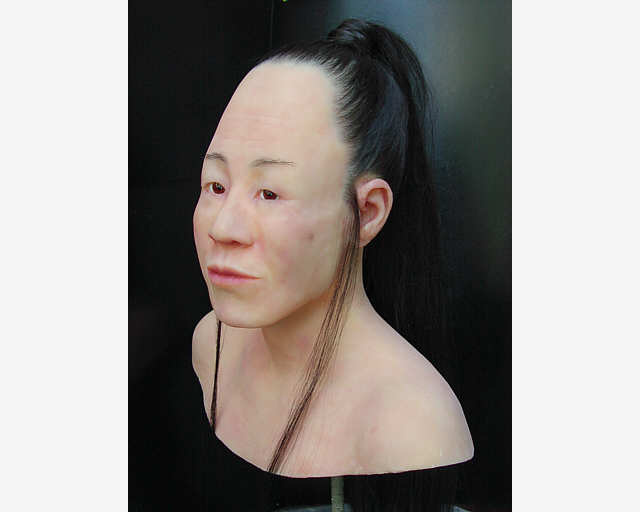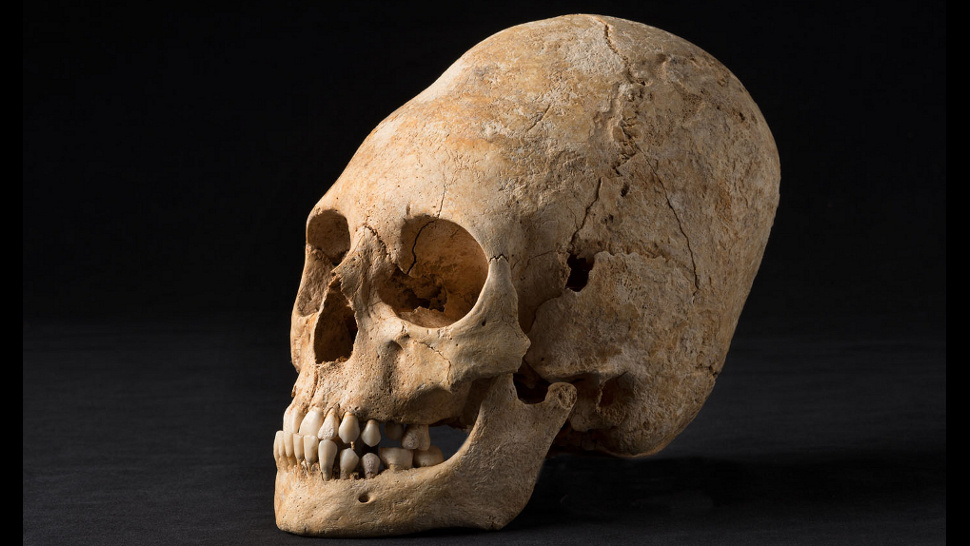There's an industrial park in Pays de Sainte Odile, France, that's about to be developed, prompting archaeologists to perform a major search over 7.5 acres. It resulted in the discovery of a whopping number of artifacts and human and animal remains from Neolithic, Gallic, Gallo-Roman, and Merovingian societies. That's over 6,000 years worth of stuff.
The History Blog does a good round-up of the various items found, including a Bronze Age grave containing both children and dogs, Gallic glass ornaments, coins, pottery, and a Gallo-Roman bathing complex.
But the Merovingian finds were among the most fascinating. The Merovingians were a Salin Frankish dynasty that ruled the Franks region of France for 300 years from the 5th to 8th century.
In a necropolis containing 18 west-east burials, a woman was found buried with a rich assortment of grave goods, like gold pins, two chatelains (chains suspended from a belt that held practical objects for household use), a silver mirror, beads of glass and amber, a comb made from deer antler, a set of tweezers, and an earscoop (which were popular at the time). Needless to say, this was a very important person - most likely a very high ranking woman.

From the History Blog:
Check out the INRAP (the National Institute of Preventive Archaeological Research) gallery that showcases the findings.This practice distinguished the elites and affirmed their social status. Similar graves, which are usually isolated, have been discovered in Northern Gaul, Germany and eastern Europe. They are accompanied by abundant grave goods. They thus appear to be the graves of high dignitaries and their families, of eastern origin, incorporated into the Roman army during the "great migrations".
The Obernai necropolis is one of the few large groups of discovered in France. It is the first evidence of the presence of an eastern community over a long period of time in Alsace at the end of the Roman Empire.





Not so sure these people deformed their own skulls, as I have seen depictions from walls and caves that indicate new borns with the same deformation...indicating it is genetic...not forced, by binding plates to skulls....we just have to accept what is right before our eyes...IMO